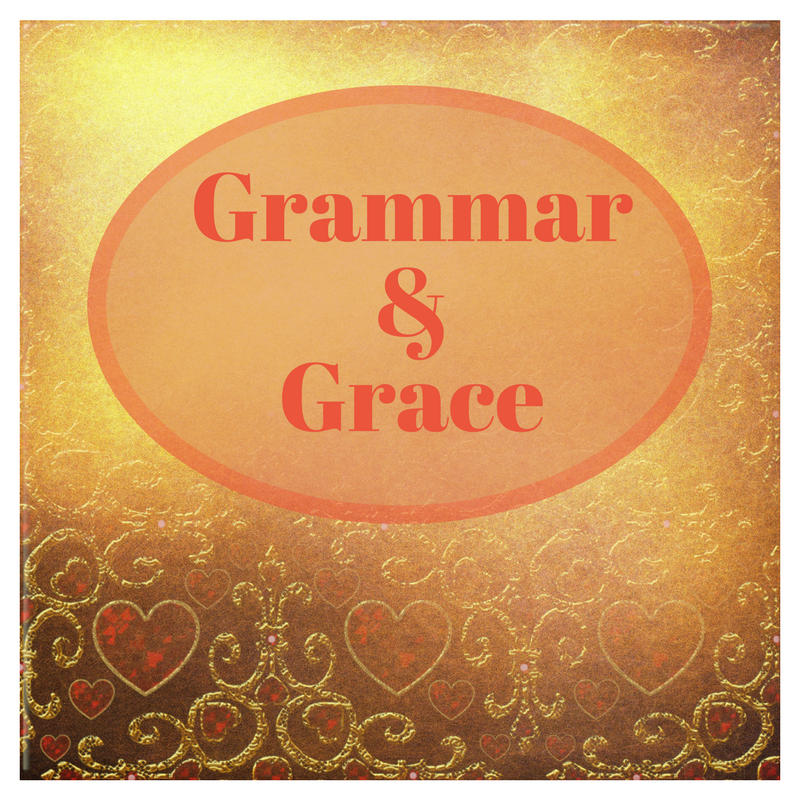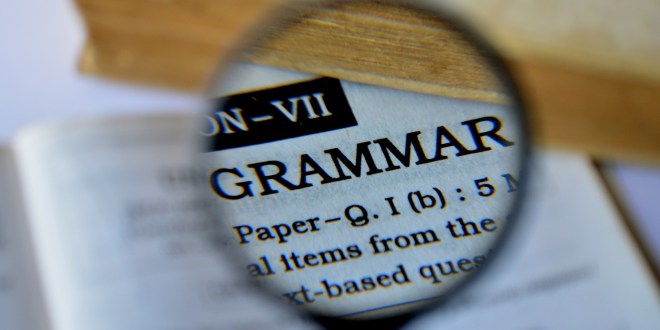A writing acquaintance of mine recently posted about her disdain of the comma splice, more importantly, the proliferation of this punctuation error in today’s printed materials.
Here’s an easy definition of a comma splice: the misuse of a comma to join two independent clauses (two sentences).
I bought new yarn yesterday, I already have fifteen skeins waiting for me to crochet.
In the above sentence, the comma comes between the two sentences. Wrong!
Here are easy fixes.
I bought new yarn yesterday. I already have fifteen skeins waiting for me to crochet. (Break the two independent clauses into two sentences.)
I bought new yarn yesterday, but I already have fifteen skeins waiting for me to crochet. (The comma plus a coordinating conjunction—and, but, or, nor, for, yet, so—can correctly join two sentences with the comma placed before the conjunction.)
I bought new yarn yesterday; I already have fifteen skeins waiting for me to crochet. (The *semi-colon is a stronger than the comma and can separate two sentences by itself.)
I bought new yarn yesterday; however, I already have fifteen skeins waiting for me to crochet. (The semi-colon precedes a conjunctive adverb and then a comma.)
*Some fiction writers avoid using the semi-colon.




 We love helping your growing in your writing career.
We love helping your growing in your writing career.
